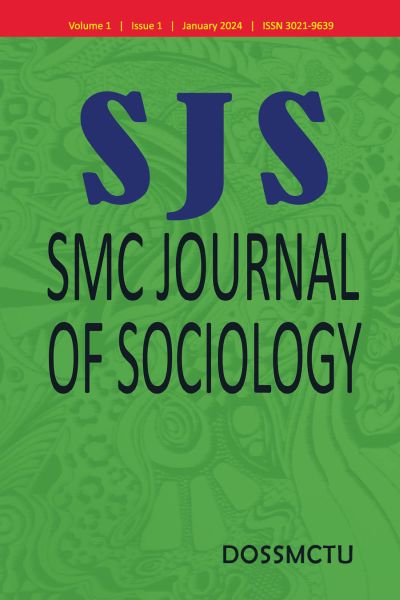Elderly Migrants and their Socially Isolated Living
DOI:
https://doi.org/10.3126/sjs.v1i1.63805Keywords:
aging, migrant, senior citizens, social problemsAbstract
Elderly population has a rapid rise in Nepal. The 2021 census reports 2.97 million elderly people, which equals 10.21 percentage of Nepal's total population, and 38.2 percentage more from the 2011 census. Realizing the problems faced by elderly population in areas of social-cultural, economic, demographic, labor, health, and care, the Elderly Citizens Act, 2006 was ratified by Nepal to address senior citizens' social security needs and issues. The study analyzes how elderly residents of Kirtipur have managed to survive in a family and community setting. Data is gathered from participant observation and in-depth interviews. I have made efforts to analyze whether financial reliance, parental assistance, social interaction, social isolation, and health issues have co-worked for giving stresses to the elderly people. Senior citizens experience many problems like loneliness and helplessness, which are sufficient for creating troubles and anxieties. They also struggle with having a low social position relative to where they were born and missing out on social and cultural events. They also have gone through social and cultural disengagement, family rejection, loss of social contact, and social isolation from their place of origin.




